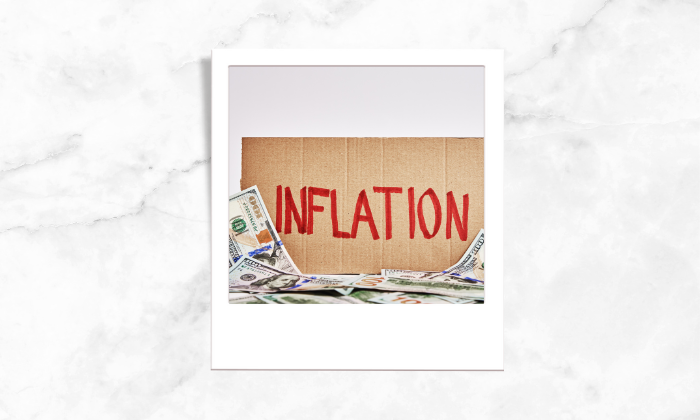MORTGAGE RATES ARE DROPPING … WHY???
Even though national GDP contracted for the second quarter in a row and around the same time as the Fed’s rate increase was announced, new data showed the average 30-year fixed mortgage rate made a big move in the reverse direction. The average 30-year fixed rate lowered by 17 points to be at 5.59%.
The mortgage rates aren’t directly related to Fed’s actions but Fed’s rates do affect lenders’ cost of funds. Thus, most lenders have already priced in expected increases in those costs because of inflation. Mortgage rates often move in anticipation of expected increases in lenders’ costs to avoid sudden shock. Lenders base their interest rates on what it would cost them to lend the money to consumers, which are already affected by inflation.
Experts agree the latest Fed rate increase and its potential impact on the mortgage market shouldn’t cause homebuyers to pause or drastically alter their plans.
The rate and terms a borrower get quoted depend more heavily on a borrower’s personal credit, loan type, and what mortgage lender they choose. The average mortgage rate is in the mid-to upper 5% range, but that’s just the average. Borrowers in the same place seeking similar loans might be offered widely different rates – maybe one is quoted at 5% and another at 7% – depending on their credit. That’s why it’s important to work on your credit score.









